
Source image: http://www.lefigaro.fr/bd/2018/09/25/03014-20180925ARTFIG00139-taxee-de-pedopornographie-la-bd-petit-paul-de-bastien-vives-retiree-des-rayons.php
For several weeks, critics have been hovering around Petit Paul, a comic book created by Bastien Vivès. This adult book tells the story of a 10-year-old boy whose particularity is that he has an oversized sex. Although he is not of sexual age, the main character “systematically finds himself in impossible and embarrassing situations“.
Because it illustrates extremely explicit sexual acts between a minor boy and adult women, this comic book rightly shocked many readers. Immediately, a petition was launched to remove it from sales. She adds: “The book is supposed to be humorous, and it seems delicate to us to laugh at a scene that glorifies child abuse, a subject that is unfortunately far too topical.”
It should be noted that in the meantime, two renowned French bookshops (Cultura and Gilbert Joseph) have already decided not to sell the book anymore. This is not the case for supermarkets such as Amazon….
Is it an illegal work?
Yes ! the Optional Protocol to the Convention on the Rights of the Child, ratified by France, prohibits the sale and access to materials representing the sexual abuse of children*, defined as “any representation, by any means whatsoever, of a child engaged in explicit sexual activities”.
Who would dare claim that Little Paul comics escapes this category? She who shows, among other things, the child forced to cunnilingus to his teacher or a position “69” with his judo teacher?
Faced with the accusations, Glénat, the book’s publisher, defends itself: “This work of fiction was never intended to de-dramatize, promote or legitimize the abuse of minors in any way whatsoever. It is a caricature whose drawing, deliberately grotesque and outrageous in its proportions, leaves no doubt as to the totally unrealistic nature of the character and his environment.
Is it not cynical or naive to judge that the “grotesque” nature of the comic book or the “totally unrealistic” nature of the character does not “de-dramatize” or “legitimize” child sexual abuse?
And hypocritical to be surprised by the controversy when the prefect and collection director of Petit Paul is none other than Céline Tran, alias Katsuni, a former pornographic actress.
Let us not underestimate the impact
Apart from the illegal nature of the book, depicting a child in sexual acts with an adult is never insignificant. This helps to normalize the fact that a minor may be an adult’s sexual partner.
What if the child doesn’t resist, like Little Paul? To assume a child’s consent, because he or she does not resist, is to ignore years of research in trauma. The latter show that a victim of sexual abuse’s lack of reaction may result from the state of paralysis in which he or she finds himself or herself. This “apparent consent” is in fact a survival reflex!
By depicting sexual relationships between a child and an adult, Petit Paul normalizes these relationships that should not be, sweeping away the fact that a child his age is legally considered incapable of giving his consent to these acts. This is extremely misleading and dangerous.
Moreover, by endowing his 10-year-old hero with a disproportionate sex, the author endorses and reinforces the hypersexualization of our society, by which minors are potential sexual objects. From there to think that the child is seeking, or even provoking the sexual act, there is only one step that some people take happily. It is therefore important not to underestimate the impact that works of fiction with an apparently “grotesque” and “unrealistic” character of the Petit Paul type can have.
*ECPAT Belgium avoids using the term “child pornography”, which could suggest that acts are consented to by trivializing them. We prefer the term “materials representing child sexual abuse”, in accordance with the Luxembourg Guidelines.

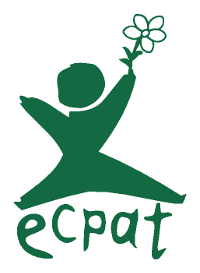



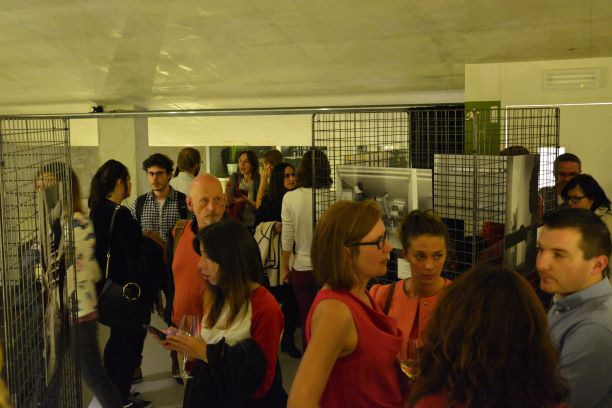
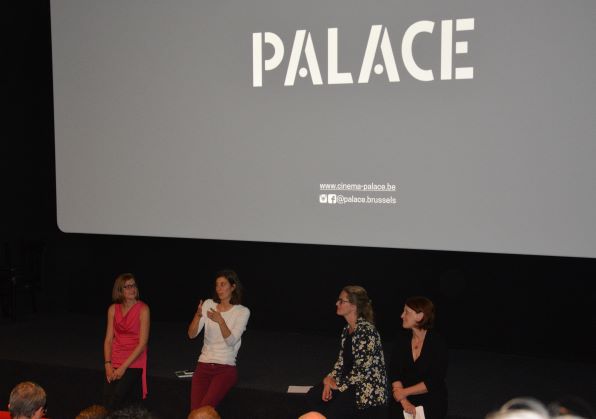
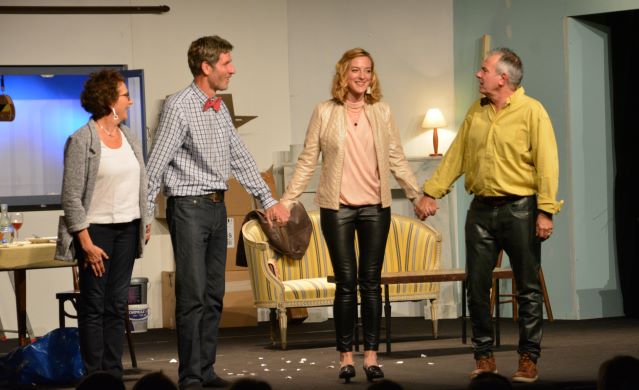 You didn’t see the snow, neither did you see Venice but what the Philantroupe gave us was even better! A night filled with laughs, discussions and solidarity since the play was given in favour of
You didn’t see the snow, neither did you see Venice but what the Philantroupe gave us was even better! A night filled with laughs, discussions and solidarity since the play was given in favour of 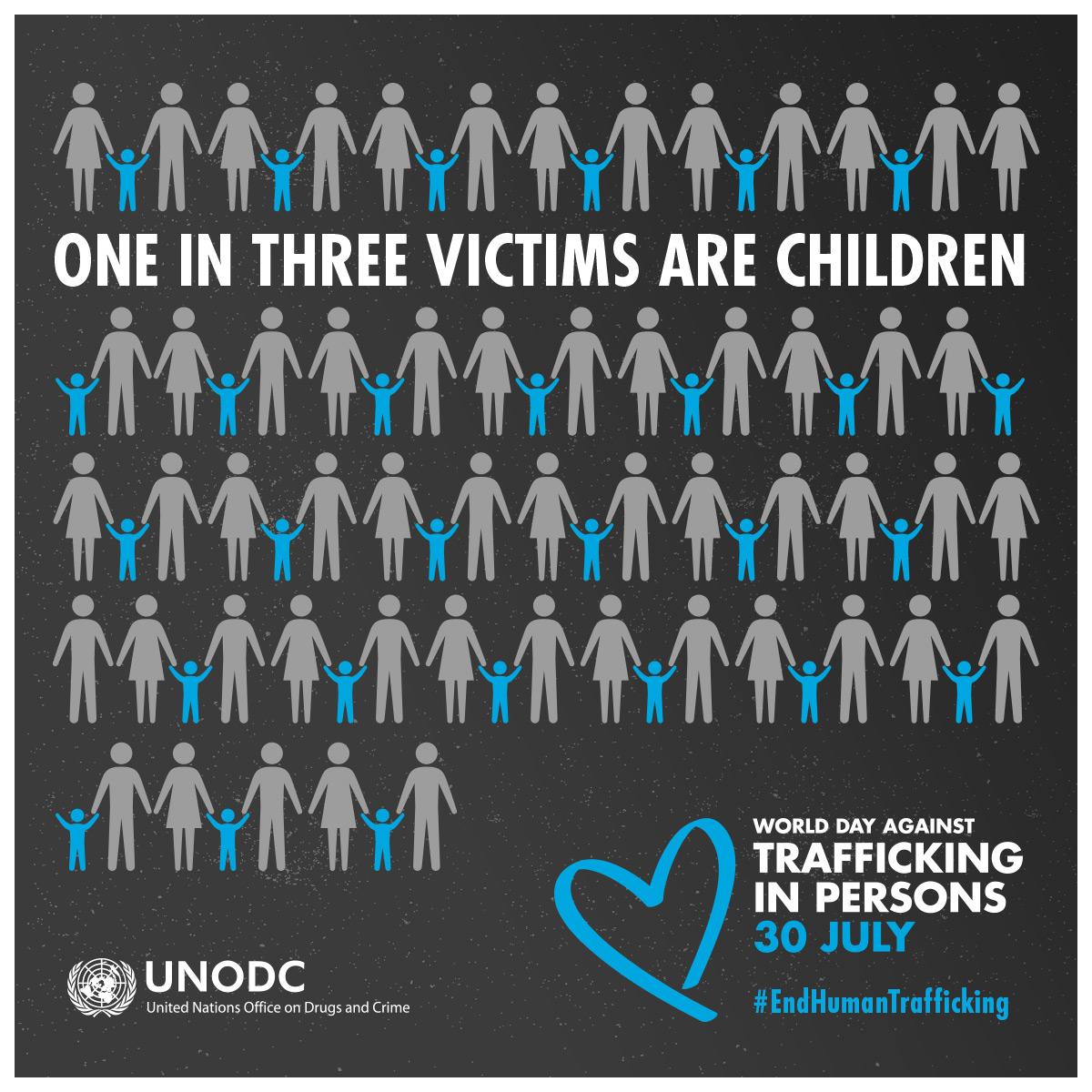
 The new app
The new app